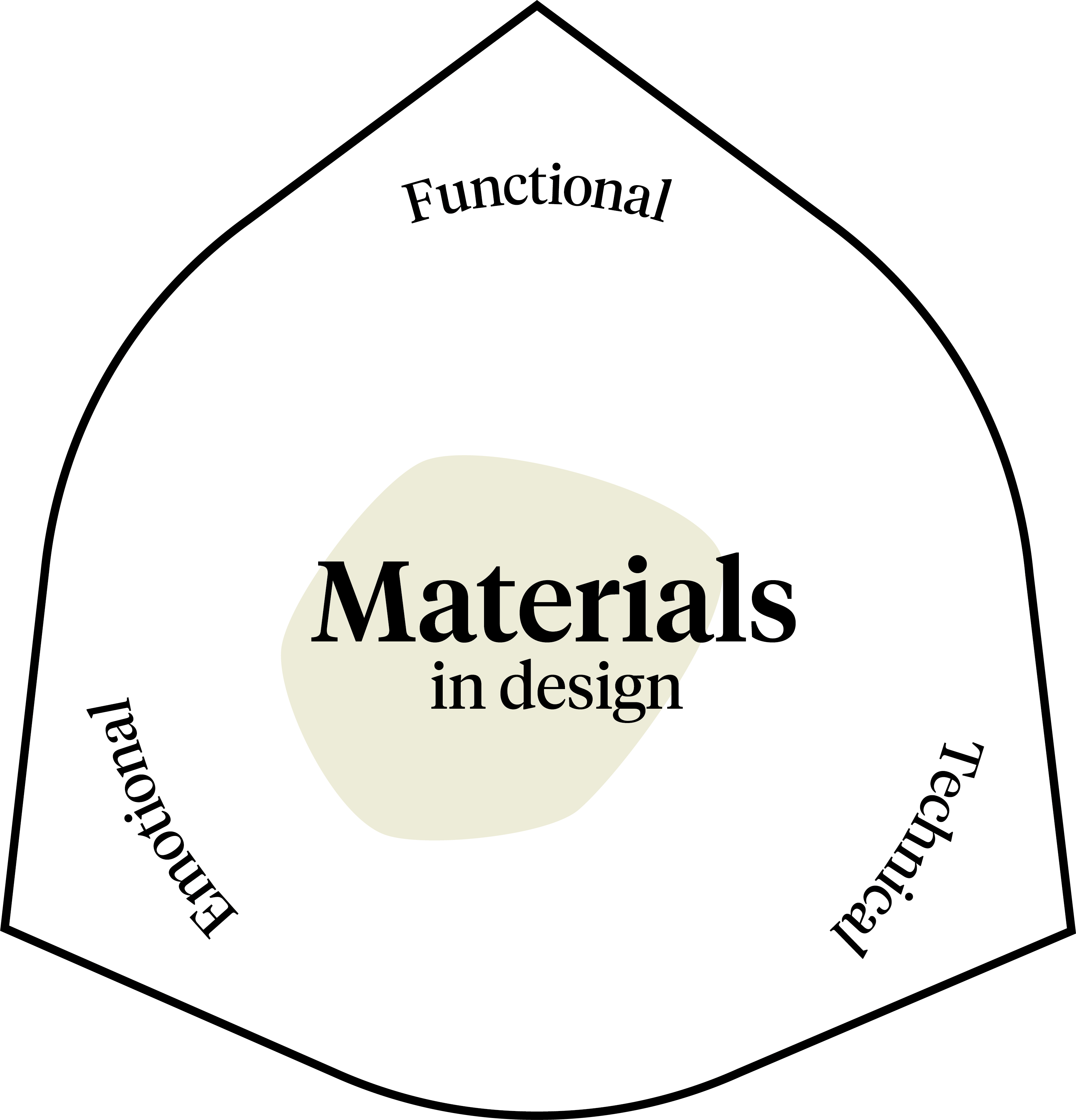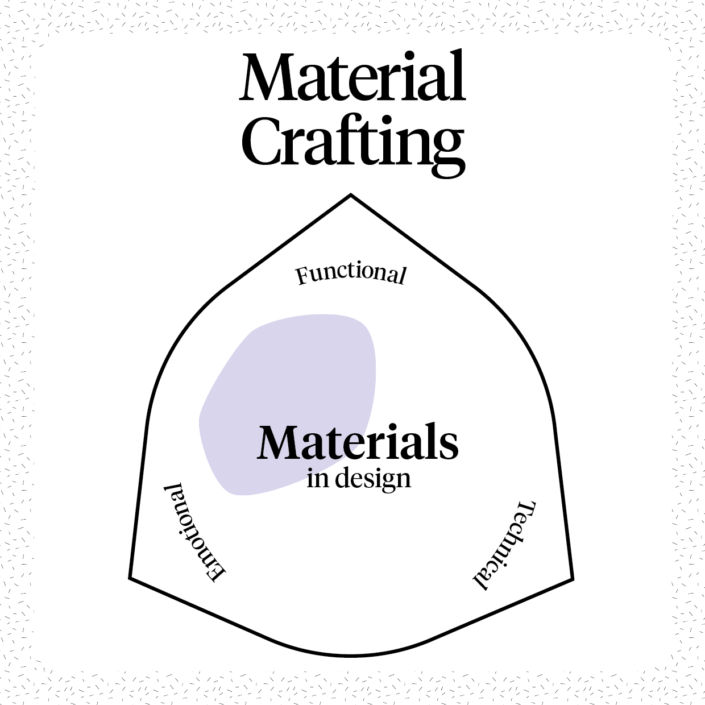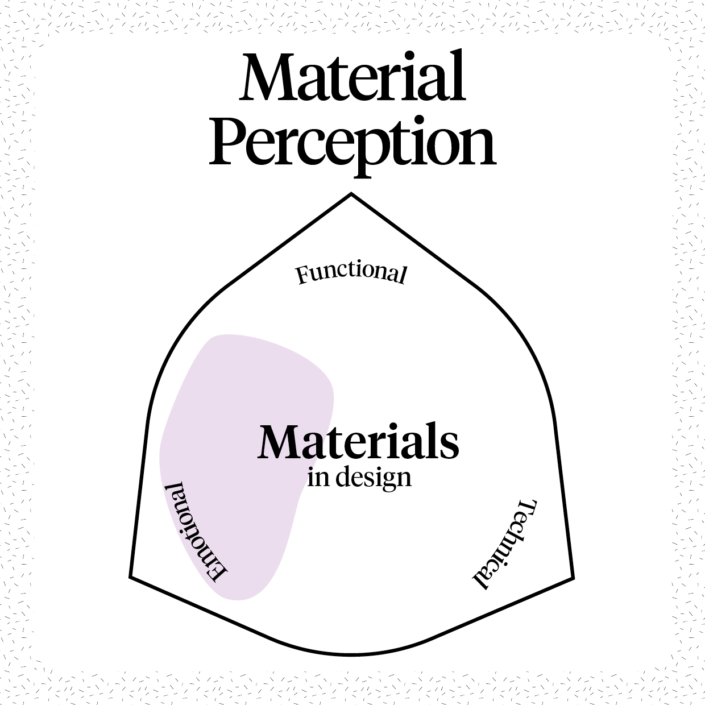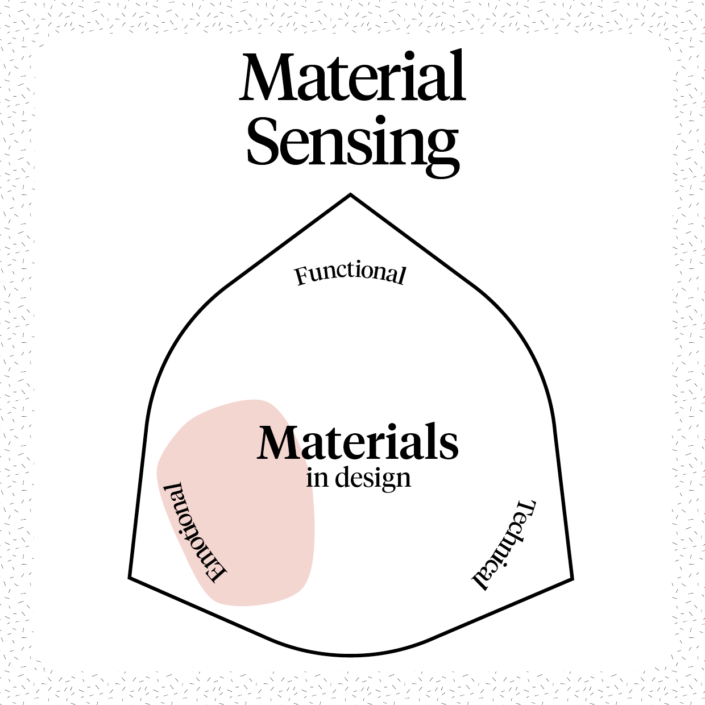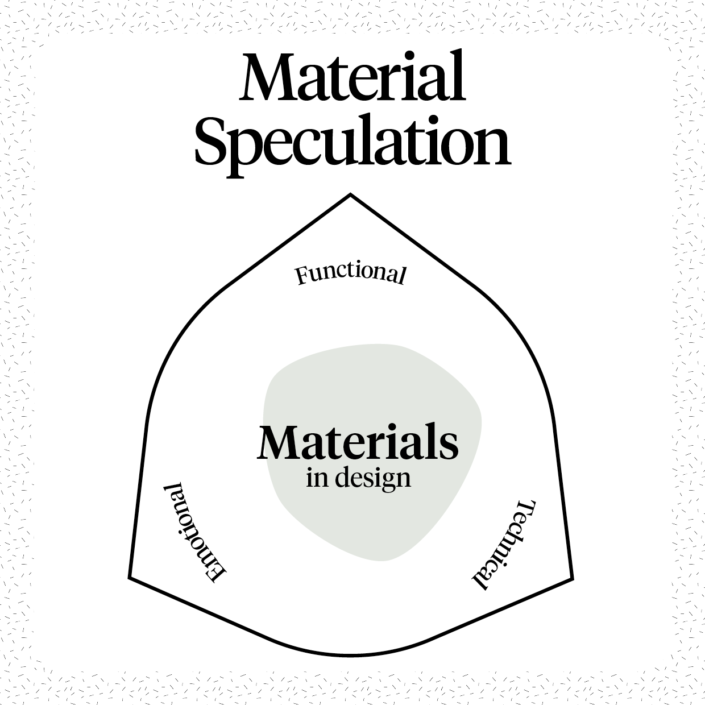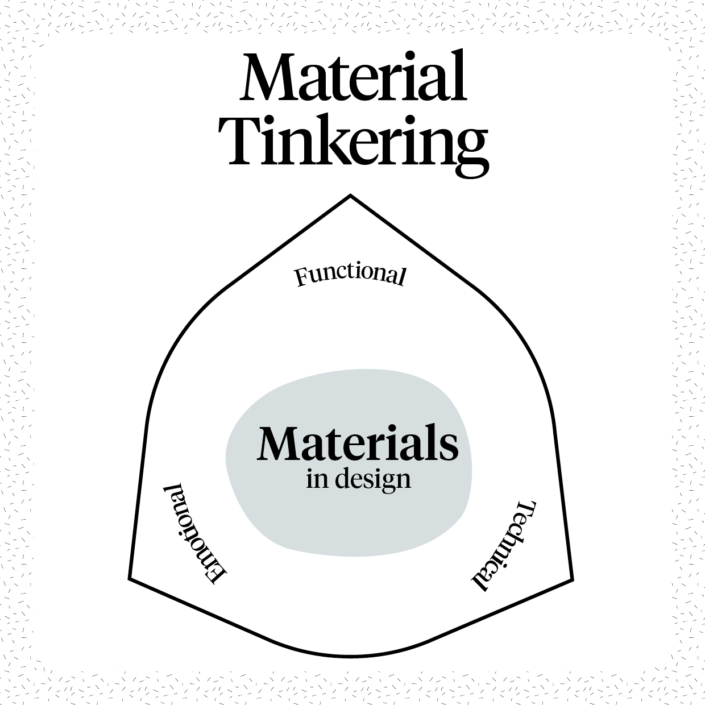What?
Material DIY is a methodical design approach that puts the material in focus and where new materials from a designer’s perspective can be explored or existing materials can be altered or developed further. DIY materials can result in functional and environmentally-friendly material developments, to provocative and speculative uses of materials.
Why?
Material DIY promotes tangible access to materials without industrial middlemen and challenges conventional mass-production practices. Thus, it can disrupt how materials are usually perceived and experienced in everyday objects, e.g. through alternative aesthetics.
Self-production activities might increase material awareness and appreciation through user engagement and can help to see new potentials in material resources.
Challenges
- The functionality and aesthetic vision might be compromised.
- It can require further collaboration with other actors such as chemists, biologists and farmers.
- It can be laborious due to a craft-based nature and it can thus be challenging to produce larger quantities.
Examples
- The Grow It Yourself mycelium-based home kit allows anyone to grow their own creation.
- The web platform Materiom offers a wide selection of recipes for material exploration.
- In the European project Material Designers, 120 designers were invited to material exploration workshops.
Further Reading
Ayala-Garcia & Rognoli (2017). The New Aesthetic of DIY-Materials. The Design Journal, 20:sup1.
Rognoli, Bianchini, Maffei & Karana (2015). DIY Materials. The Journal of Materials and Design, 86, pp. 692-702.

